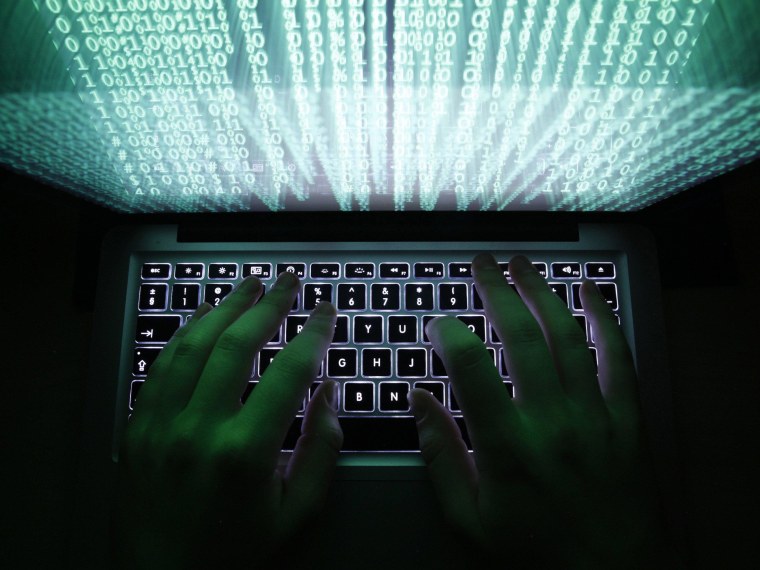The massive celebrity hack that occurred over the weekend is not the first hacking to make headlines--and, unfortunately, it won't be the last. Check out some of history's biggest hackings in today's 5 Things...
1. The original internet hacking: the Morris worm. In 1988, Cornell graduate student Robert Morris wrote 99 lines of code and released them into the internet as an experiment. The code infected thousands of computers around the country, and while Morris said he never intended any harm, he was still convicted of a federal crime in 1990.
2. President Obama called Edward Snowden a hacker, though many begged to differ. Snowden, as you recall, released thousands of NSA secrets beginning last year.
"No, I'm not going to be scrambling jets to get a 29-year-old hacker."'
3. Scottish hacker Gary McKinnon orchestrated what some call the biggest military computer hack of all time when he accessed nearly 100 U.S. Military and NASA computers in 2002. McKinnon, who was later diagnosed with Asperger's, claimed he was looking for evidence of a UFO cover-up, and successfully fought extradition to the United States.
4. Computers aren't the only machines to get hacked: the British tabloid News of the World found itself making headlines a few years ago for tapping into voicemail databases belonging to celebrities and members of the Royal Family.
5. And going back to the early 20th century, there's the hacking that helped end World War II. The message-coding machine Enigma was used by the Nazis to give everything from battlefield communications to the weather. The machine was first cracked by the Polish in 1932, then ultimately cracked by a group of British code crackers in 1940. It played a crucial role in bringing down the Nazis to end the war.
